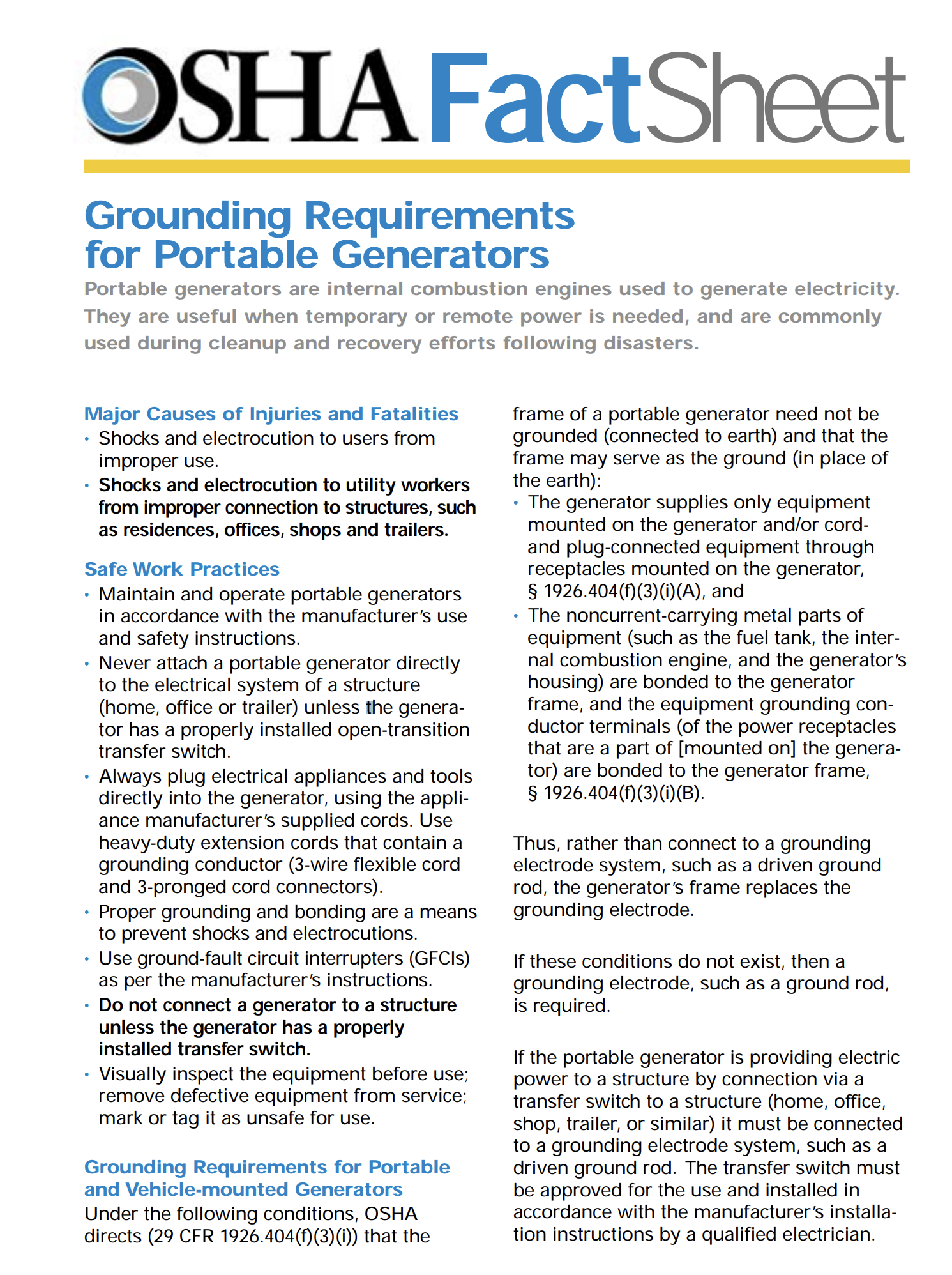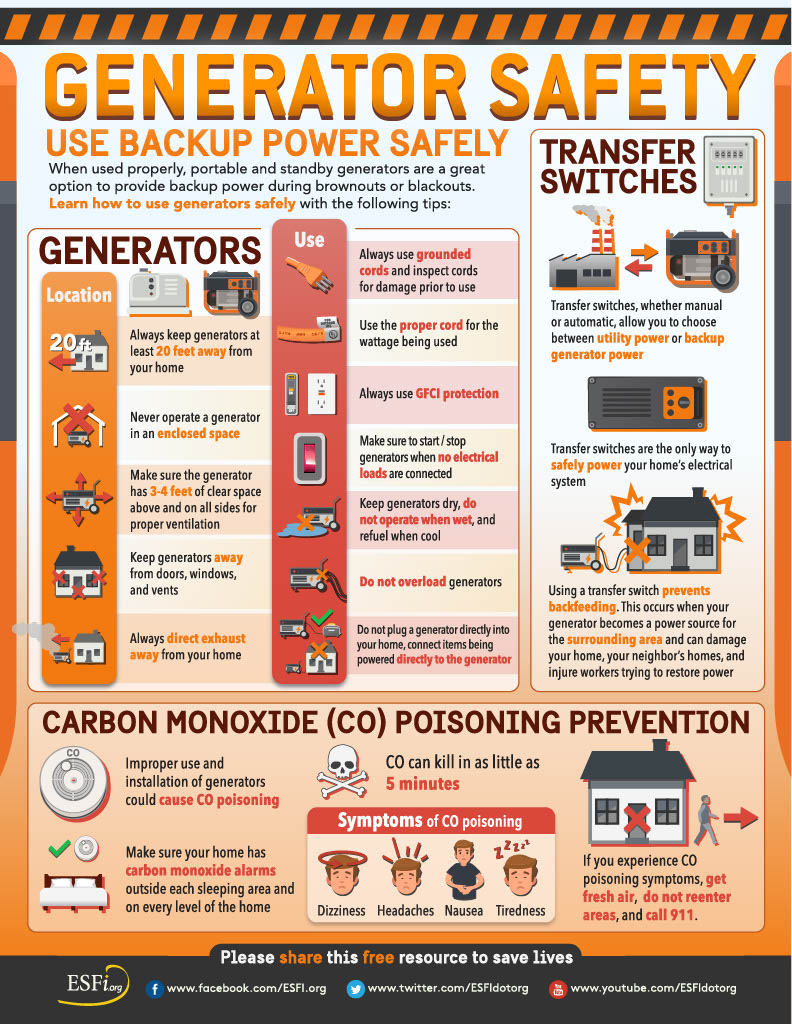Are you looking to enhance the comfort of your home while saving on energy costs? Look no further than ENERGY STAR-rated ceiling fans. In this comprehensive guide, we’ll delve into the technical details, installation process, and maintenance tips for these high-efficiency cooling solutions. Join us as we explore how ENERGY STAR ceiling fans can transform your living space into a haven of comfort and sustainability.
- Technical Description:
- Ceiling fans create air movement that helps people feel cooler.
- ENERGY STAR-rated ceiling fans use permanent magnet motors that are 3 to 5 times more efficient than standard ceiling fan motors.
- They can save money by assisting mechanical air conditioning or even replacing it in climates with mild or dry summers.
- High-efficiency lighting can be added to ENERGY STAR ceiling fans, enhancing savings.
- Scope:
- Install efficient ceiling fans such as ENERGY STAR® rated ceiling fans.
- Follow local code requirements.
- Measure the room and select an appropriately sized fan.
- Provide documentation to homeowners for proper operation and maintenance.
- Performance and Components:
- ENERGY STAR Rating: ENERGY STAR fans use advanced technologies for 20% more efficient air movement.
- Lighting: ENERGY STAR-labeled LED lighting reduces energy use by 60% to 80%.
- Motor: High-efficiency fans use permanent magnet motors, drawing 9 watts or less at medium speed.
- Blade: Blade pitch affects air movement; sealed blades prevent warping.
- Controls: Most fans feature reversible motor and airflow direction for year-round comfort.
Sizing and Clearance: Optimizing Your Ceiling Fan Installation
Selecting the right size ceiling fan is crucial for efficient air distribution in any room. Here’s a guide to help you determine the appropriate fan size and clearance for optimal performance:
1. Fan Size Guidelines: Refer to averages below, based on room dimensions, to choose the correct fan size:
- Up to 75 ft²: 29 – 36″
- 76 – 144 ft²: 36 – 42″
- 144 – 225 ft²: 44″
- 225 – 400 ft²: 50 – 54″
2. Installation Height and Clearance:
- Install the fan in the middle of the room for maximum performance.
- Ensure the fan is at least 7 feet above the floor, 18 inches from the walls, and 6 inches from the ceiling.
- Aim for an 8 to 10 inch blade-to-ceiling clearance for optimal airflow.
- Consider that “ceiling hugger” fans provide 40% less airflow than standard fans, even with a 6-inch clearance.
Ceiling Fan Mounting System Options
Choose the appropriate mounting system based on your ceiling height and preferences:
- Standard Mounts: Suitable for typical ceiling heights, with a down-rod of 3 to 5 inches.
- Extended Mounts: Ideal for taller ceilings, allowing for fan installation at 8 to 9 feet from the floor. Down-rods are available in various lengths.
- Flush Mounts: Anchor the fan directly against the ceiling, suitable for low-ceiling rooms. Consider “hugger” fans for ceilings under 8 feet high.
- Sloped Mounts: Designed for angled or vaulted ceilings, ensuring proper fan installation and stability.
How to Install an ENERGY STAR Qualified Ceiling Fan
Installing an ENERGY STAR-qualified ceiling fan is a straightforward process that enhances energy efficiency and comfort in your home. Here’s a step-by-step guide to ensure a successful installation:
1. Size and Clearance:
- Size the ceiling fan according to construction documents.
- Maintain a minimum clearance of 8 to 10 inches from the ceiling.
2. Choose the Right Fan:
- Select an ENERGY STAR-qualified ceiling fan and light kit if applicable.
3. Follow Local Codes:
- Install the fan according to all local building codes.
- Adhere to manufacturer’s instructions for proper installation.
4. Ensure Proper Mounting:
- Verify that the mounting box can support the weight of the fan.
- Use an approved electric ceiling box marked “for use with ceiling fans.”
5. Check Weight Capacity:
- Confirm weight limits for the ceiling fan box:
- Unlabeled box: Supports up to 35 pounds.
- Marked box: Supports up to the indicated weight, max 70 pounds.
- Fans over 70 pounds require independent support.
6. Test for Wobble:
- After installation, test the fan for wobbling.
- If wobbling occurs, adjust and fix as needed for smooth operation.
7. Provide Information to Homeowner:
- Leave product information with the homeowner for proper operation and maintenance.
- During winter, reverse the fan’s direction to recirculate warm air near the ceiling.
- During summer, circulate air downward for cooling.
- Regularly clean the fan blades to maintain efficiency.
How to Install a Ceiling Fan in an Existing Home – Retrofitting with ENERGY STAR Certified Ceiling Fans
Upgrade or install an ENERGY STAR certified ceiling fan to enhance energy efficiency in residential spaces. The retrofit process involves selecting the appropriate fan, removing the old unit, installing the new ENERGY STAR certified fan, and providing the homeowner with product information and maintenance guidelines.
Description:
1. Select an ENERGY STAR Certified Ceiling Fan:
- Assist the homeowner in choosing a suitable ENERGY STAR certified ceiling fan based on size, mounting system, energy efficiency, warranty, noise rating, and features/controls.
- Measure the space constraints of the room where the fan will be installed.
- Use resources like the ENERGY STAR Product Finder and rebate programs to identify eligible ceiling fan models.
- Ensure compatibility with the existing electrical box, ensuring it is rated for ceiling fan installation.
2. Disconnect and Remove the Old Ceiling Fan:
- Safely disconnect power to the ceiling fan from the breaker panel.
- Plan for the removal and recycling of the old ceiling fan, considering options like municipal pickup, donation, or recycling.
- Unscrew fan blades, canopy, and motor housing, disconnect wiring, and remove the old ceiling fan assembly.
- Ensure proper disposal or recycling of old fan components.
3. Install a new ENERGY STAR Certified Ceiling Fan:
- Unpack the new ceiling fan, ensuring all components are present.
- Safely install the new electrical box and hanger bar as per manufacturer instructions.
- Feed wires through the ceiling box, attach the ceiling plate, and assemble the fan according to instructions.
- Connect wiring, ensuring proper grounding, and secure the fan assembly to the ceiling.
- Install fan blades, light fixtures (if applicable), and test the fan’s operation.
4. Install and Set Up an Internet-Connected Ceiling Fan (if applicable):
- Install any necessary receiver or connectivity hardware according to manufacturer instructions.
- Connect wiring and reinstall the canopy.
- Download the manufacturer’s app on a mobile device and follow instructions to connect the ceiling fan to the homeowner’s WiFi network.
- Ensure successful communication between the mobile device and ceiling fan for remote control and monitoring.
5. Provide Product Literature, Maintenance, and Operations Instructions to the homeowner:
- Furnish the homeowner with product documentation, including manuals and warranty information.
- Educate the homeowner on proper fan operation, including seasonal direction settings.
- Provide maintenance guidelines, such as regular cleaning and blade balancing, to ensure optimal performance and longevity.
By following these steps, you can successfully retrofit an ENERGY STAR certified ceiling fan, enhancing energy efficiency and comfort in residential spaces.
Compliance Requirements for ENERGY STAR and DOE Zero Energy Ready Homes
For builders and contractors seeking compliance with ENERGY STAR and DOE Zero Energy Ready Home programs, specific guidelines and requirements must be followed. Here’s a summary of the compliance requirements related to ceiling fans:
ENERGY STAR Single-Family New Homes (Versions 3/3.1/3.2):
- Ceiling fans are included in the ENERGY STAR Reference Design Home, which determines the ENERGY STAR Energy Rating Index (ERI) Target for each home seeking certification.
- While the use of ENERGY STAR ceiling fans is not mandatory, they contribute to achieving the ERI Target. If not used, alternative measures will be required.
- Additional mandatory requirements include total duct leakage limits, minimum insulation levels, and fenestration performance, detailed in Exhibit 2.
- Builders are encouraged to review the Ceiling Fans Key Product Criteria for information on ENERGY STAR qualified ceiling fans.
- Refer to the ENERGY STAR Single-Family New Homes Implementation Timeline for the applicable program version and revision in your state.
DOE Zero Energy Ready Home (Versions 1 and 2):
- Version 1:
- Bathroom ventilation and ceiling fans must be ENERGY STAR qualified.
- Certification under the ENERGY STAR Qualified Homes Program or ENERGY STAR Multifamily New Construction Program is required.
- Version 2:
- Certification under ENERGY STAR Single Family Homes Version 3.2 is mandatory.
- Bathroom ventilation and ceiling fans must be ENERGY STAR qualified.
Ensure compliance with these requirements to meet the standards for ENERGY STAR and DOE Zero Energy Ready Home certifications, promoting energy efficiency and sustainability in residential construction.
For immediate service or consultation, you may contact us at Allied Emergency Services, INC.
Contact Information:
- Phone: 1-800-792-0212
- Email: Info@AlliedEmergencyServices.com
- Location: Serving Illinois, Wisconsin, and Indiana with a focus on the greater Chicago area.
If you require immediate assistance or have specific questions, our human support is readily available to help you.
Disclaimer: This article is intended for informational purposes only. For professional advice, consult experts in the field.










